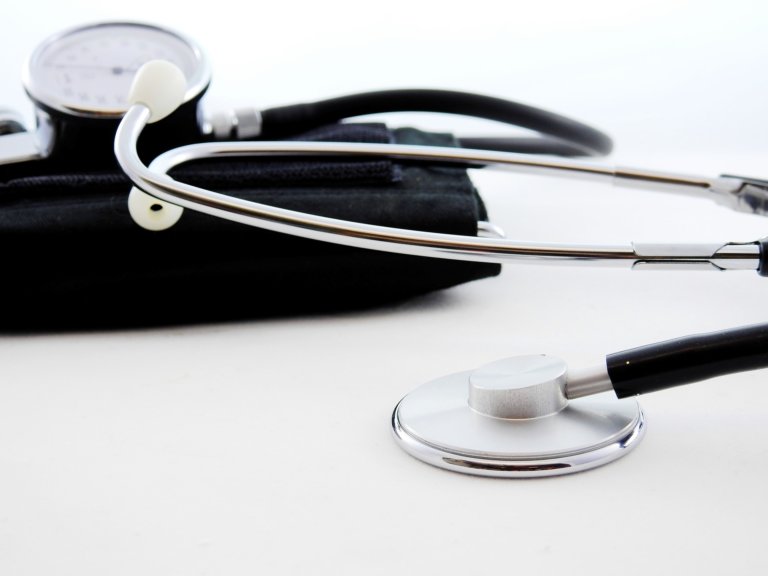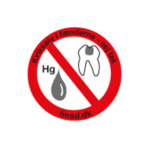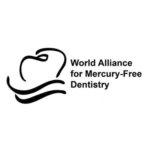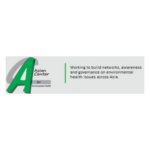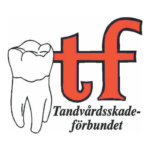The health impact of chemicals in the environment is constantly increasing. There is a significant associated rise in neurological, autoimmune and cancer diseases. Male fertility decreases dramatically.
Causes can be chemicals or heavy metals that are inhaled by the air, ingested via the food or directly taken up by the skin. Biocides and antibiotics are further weakening the natural protective layer, the microbiome, and increase the human vulnerability.
However, when patients go to the doctor, hardly any examinations are carried out for possible chemical exposures. But in most cases the identification of the pathogen and the consequent avoidance of exposure could have a decisive contribution to a successful therapy. Environmental factors should be tracked by a thorough anamnesis and targeted laboratory testing.
The interdisciplinary education and further training in clinical environmental medicine is indispensable for this.
The establishment of clinical environmental medicine would not only have benefits for patients but also relieve the health care system. It will not be affordable to continue only with symptomatic therapies in the long term.
Further information about the education in environmental medicine can be found on the website of the European Academy for Environmental Medicine (EUROPAEM).
A new interdisciplinary discipline for dentists, dental assistants, doctors and dental technicians is Environmental Dental Medicine. Environmental dentists focus on the comprehensive dental treatment of chronically ill patients as well as the application of individual preventive treatment concepts with the aim of preventing or alleviating chronic inflammatory diseases far away from the oral cavity.
In numerous European countries, a network of physicians has already developed and examines patients for environmental impacts. It is important to emphasize that the network we refer to operates to the highest scientific standards and meets the same requirements that are applied by the EU Human Biomonitoring Program. Samples are only tested by certified laboratories.
The most common tests are measurements of toxicological concentrations in samples of blood, urine or hair. But several environmental toxins, accumulate in the body tissues, so that it is difficult to make a reliable statement with these samples about the total load. Metals are therefore frequently tested after a provocation with a chelator in the urine. A new scientific approach is, that chronic diseases caused by environmental influences do not develop according to the toxicologically relevant dose-response principle. The decisive factor is rather the individual susceptibility of the individual person, which is influenced by a multitude of factors. The established method to detect the sensitivity to metals, chemicals, environmental toxins and moulds from one single blood sample is the MELISA-Test. The status of the intestinal mucosa and the microbiom is tested in the blood and in the faeces.
We advocate that the numerous laboratory tests commissioned by environmental physicians should be made available for anonymized statistics, which should add to the human biomonitoring evaluations and contribute to political decisions. We pursue this goal together with the working group Exposure data production: Human data of the ISES Europe (Europe Regional Chapter of the International Society of Exposure Science).
We are furthermore staying in constant exchange with environmental medical societies and selected laboratories to keep up to date about the most relevant environmental factors of which patients are effected.
Mercury is still a major problem.

